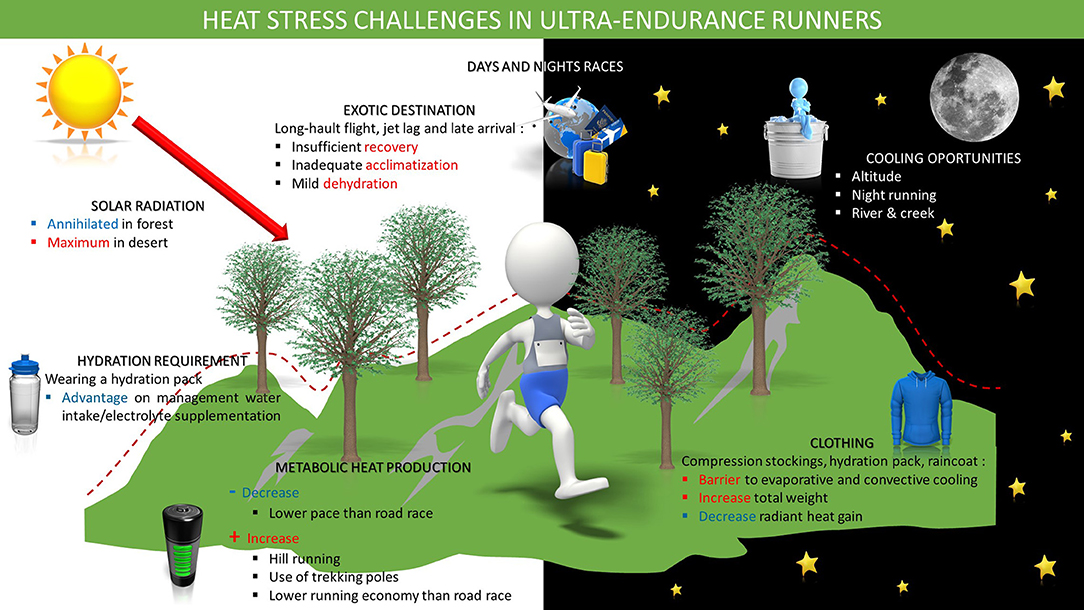

To avoid both dehydration and hyponatremia, marathoners need to find a smart middle ground. Cases of hyponatremia seem to have dropped in the last decade, as runners have realized they should not drink as much as possible. It has generally been observed most often in women runners (possibly because of their small body size), in runners who exercise more than 4 hours at a time, and in runners with inherent high sweat rates and high sodium content in their sweat. Severe hyponatremia, while rare among runners, can lead to seizures and even death. Genetics plays a role as well, partially determining your relative sweat rate and the amount of salt in your sweat.Ī new threat appeared in the mid-1980s with the first reports of marathon runners who drank too much, leading to hyponatremia (low salt level in the blood).

(Although a 2:30 marathoner and a 5-hour marathoner will sweat about the same total amount over 26.2 miles.) Typically, the more you weigh, the higher your sweat rate. Additionally, the faster you run, the more you sweat per hour. Temperature has a major impact on sweat rate, which nearly doubles between a marathon run at 45 degrees Fahrenheit and one run at 68.


Armstrong’s new paper clarifies the muddy issues, delivering the latest and most evidence-based data. Photo: 101 Degrees West Drink Some, Not Too Muchĭon’t feel bad if you’re confused about the best hydration strategies before a race. We’ve had enough of that through the decades, especially as it has changed in ways both subtle and substantial. Armstrong has ranked among the world experts in endurance hydration for 40 years, and has just written a new summary paper titled “Rehydration During Endurance Exercise: Challenges, Research, Options, Methods.”Ī lifetime runner himself, Armstrong understands that marathoners want practical hydration advice, and not just scientific goobledegook. And to get everything right this time - once and for all.įortunately, Larry Armstrong, PhD, is here to serve as our guide. In other words, it’s time to think about optimal hydration practices again. Summer’s just around the corner, fall marathon season promises to be more jam-packed than ever before, and interest in ultra-marathon and ultra trail races is booming.


 0 kommentar(er)
0 kommentar(er)
